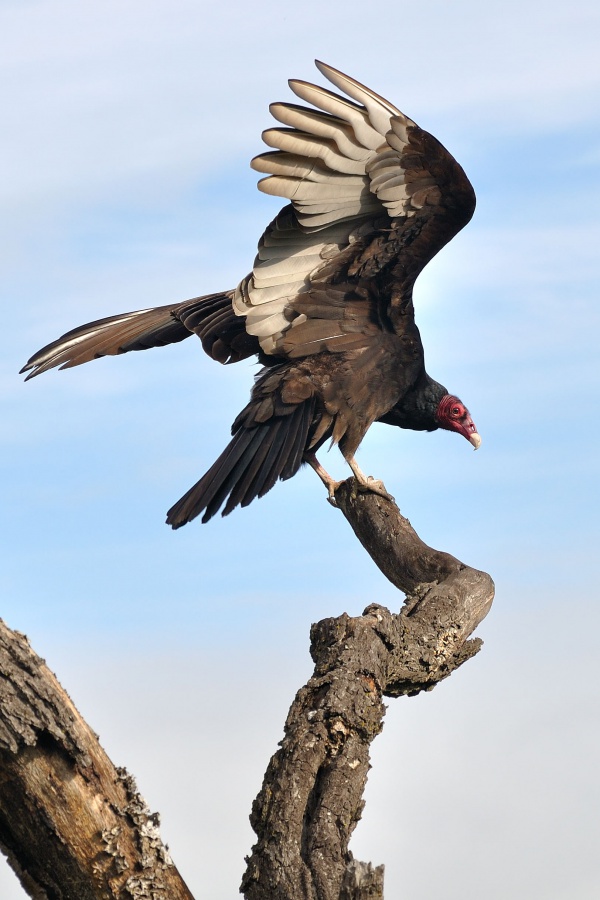Facts About Turkey vulture
The turkey vulture, also known as the turkey buzzard or John crow, is a common sight across the Americas, ranging from southern Canada to the tip of South America. These birds thrive in various open and semi-open habitats and primarily feed on carrion, making them nature's cleanup crew.
Unlike their Old World vulture cousins, turkey vultures belong to a different family called Cathartidae and have developed their similar appearance through a process known as convergent evolution. This means they evolved independently to have similar features because they occupy similar ecological niches.
Classified under the genus Cathartes, the turkey vulture has five subspecies distributed throughout the Americas. Recent genetic studies have illuminated their evolutionary relationships within a larger group of birds known as Afroaves.
First described by Carl Linnaeus in 1758, the turkey vulture is easily identified by its bald red head, dark feathers, and remarkable ability to detect carrion from great distances. Unlike many birds, they lack a syrinx, rendering them relatively silent. In the United States, they are protected by the Migratory Bird Treaty Act.
These birds are the most common vulture in the Americas, often found roosting in large groups, sometimes alongside black vultures. They exhibit unique behaviors, such as the horaltic stance (spreading their wings to sunbathe) and urohidrosis (cooling themselves by excreting on their legs). Natural predators are few, underscoring their role as key players in ecosystems by cleaning up dead animals.
When it comes to breeding, turkey vultures engage in courtship rituals, defend their nests, and regurgitate food to feed their young. They heavily rely on their keen sense of smell to find food and are often seen scavenging along roadsides or near water bodies.
Despite facing some human-related threats, such as misconceptions about disease transmission and conflicts with farmers, turkey vultures are protected by various conservation laws and treaties. Their populations are stable, and they are listed as "Least Concern" by the IUCN Red List, indicating they are not currently at risk of extinction.

 Brazil
Brazil